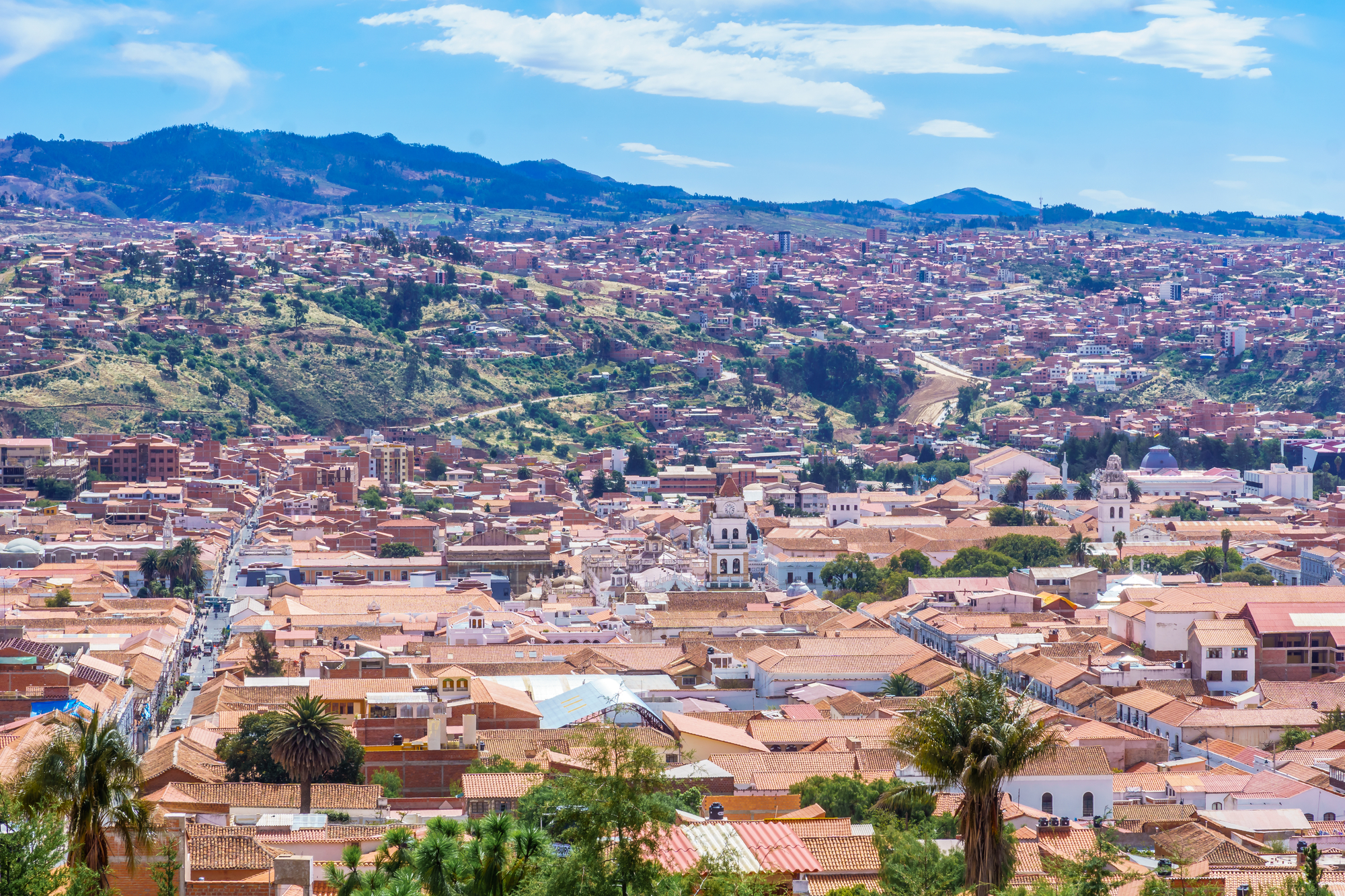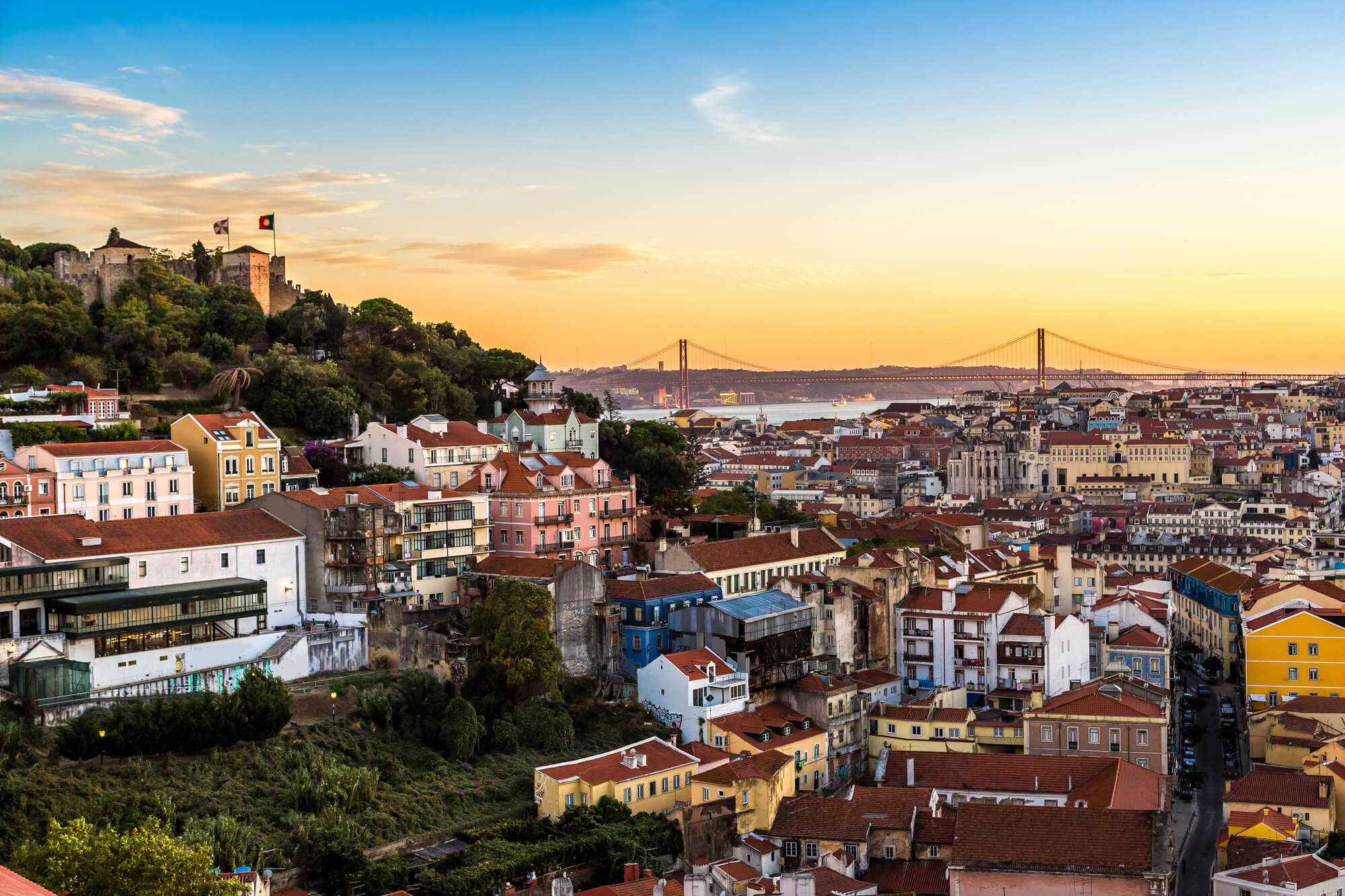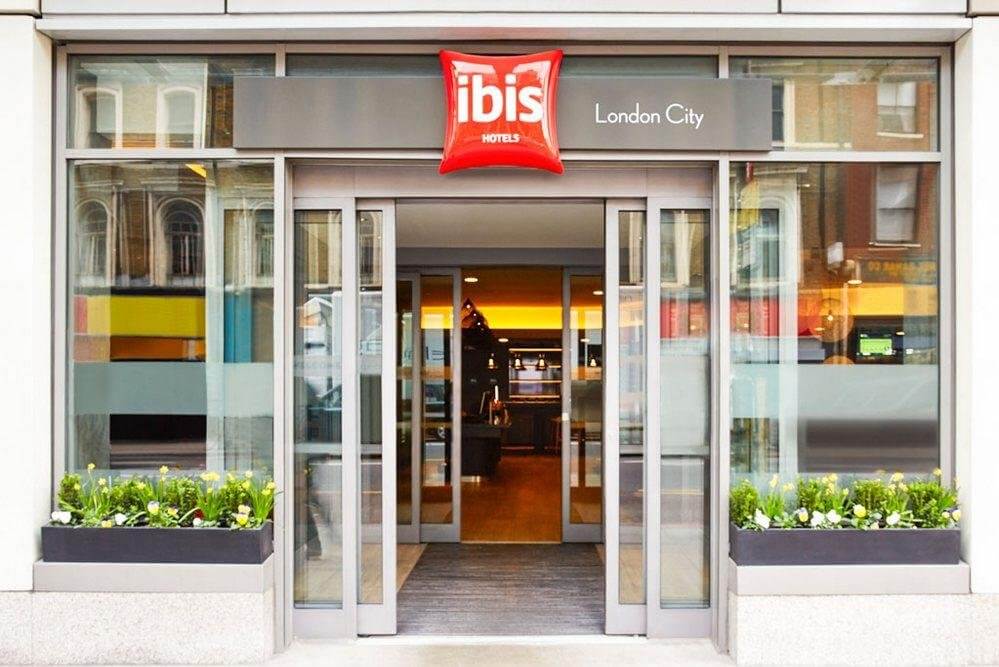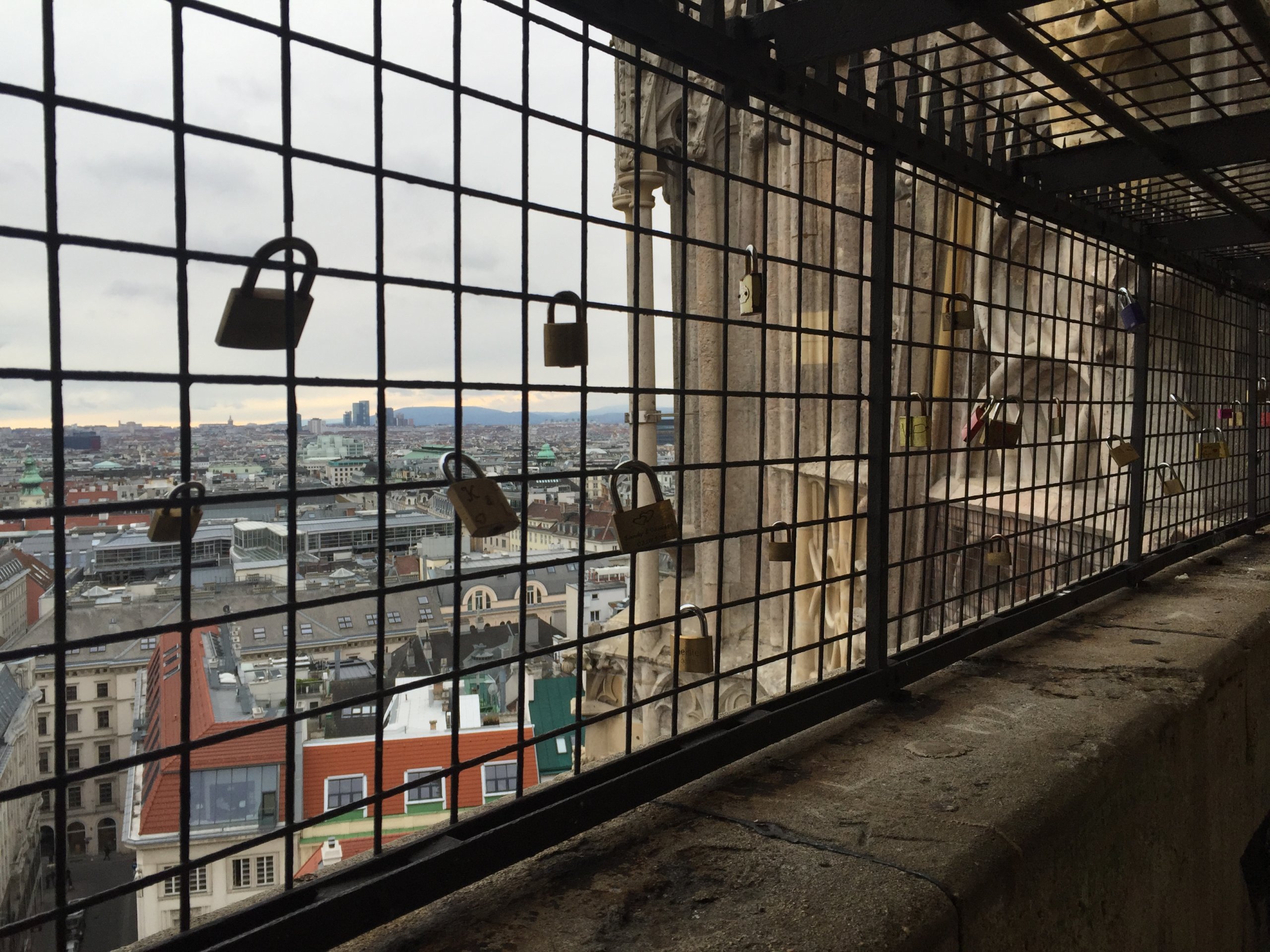The colonial town of Sucre is starting to get more attention as Bolivia grows as a tourist destination. True enough, the country still has a long way to go to reach most traveller’s standards in terms of infrastructures.
Nowadays, it attracts rather backpackers and budget travellers looking for adventure in off-the-beaten track destinations. But Sucre in Bolivia is ready to fascinate the visitors. In fact, this colonial jewel of whitewashed baroque buildings is one of the prettiest I’ve seen on my trip through South America. Let me tell you why you should go and visit Sucre.
Where is Sucre within Bolivia?
At the heart of everything. Sucre is near the middle of the country, where the high plateaus of the Altiplano ease down towards the lowlands and the jungle. With an altitude of only 2,810 m (9,220 ft), its climate is much milder than the one of its sister towns Potosí, Uyuni or La Paz, which all tower above 3,500 m (11,500 ft).
The city is well connected to the rest of the country. It’s actually a large and important municipality, but it certainly doesn’t feel like a metropolis; Sucre is more quiet than La Paz and more modern than Potosí. I really don’t see any reason to skip it on your South America travels. Ah, it’s also officially the capital of Bolivia, according to the country’s constitution.
How safe is Sucre?
Very safe. Travelling in Bolivia in general is really not dangerous. Or rather, you’re more at risks from natural elements, bad roads and crazy traffic than from muggings. Throughout Bolivia, the main risk for travellers is to be seen as a gringo and asked double the price for everything. It’s good to be aware of some facts and tips before travelling to Bolivia.
Sucre is even more modern and educated than most parts of the country. Being home to one of the first universities on the continent –at a time when the town was called “La Plata“– probably helped. People here are friendlier than high up in the Andes, helpful and warm. Sucre is really a generous and laid-back city, so in general it’s totally safe to wander.
Of course, the usual recommendations of common sense apply here like anywhere else. But during our visit of the town, we wandered up the hills without any problem; the best is to ask at your accommodation whether there is any neighbourhood you should avoid.
OK, but what to do in Sucre?
Walk around. That’s definitely among the best things to do in Sucre. Admire the magnificent colonial buildings of its UNESCO world heritage centre, wander in the calming atmosphere of its white streets. Have a drink in one of the many bars and cafes of its historic centre. Enjoy a heartwarming vegetarian meal in a community-ran eatery or at the market.
Then walk up its surrounding hills, to catch the beautiful vista from its viewpoints. La Recoleta is the most famous, but there are many more that aren’t always listed on travel guides. There again, walk around to explore and discover them. Another viewpoint we highly recommend is the one from the roof of the church of La Merced, opposite San Felipe Neri. There is a small fee to get in, and restricted opening hours.
You can also take a walking tour to understand why Sucre has always been an essential city within Bolivia; or do even better and take a tour at the Casa de la Libertad (Freedom House), on the central square. This museum showcases important artefacts of the Republic, and the guide tells fascinating stories about the times of the colony, Simon Bolivar and Juana Azurduy.
Is there anything to see around Sucre too?
Yes, dinosaurs. The big lizards seem to have thrived in Bolivia, and they left countless footprints in the centre of the country. The paleontological park of Cal Orcko, a stone’s throw from Sucre, shows an impressive 5.000 dinosaur footprints in great state of conservation.
If you’re a hiker, put on your walking boots and head over to the stunning Maragua crater. It’s like a trek back to prehistoric times, when the earth was subject to the power of dinosaurs and volcanoes. Man was here too, and he left his mark on some stones along the way. The landscape is definitely wild, but also colourful and vividly alive.
How to get to Sucre from anywhere in Bolivia?
By bus! As I mentioned before, the town is very well connected, which can’t be said of all the towns in Bolivia, unfortunately. This website is perfect to look up bus departure times anywhere in Bolivia; but I recommend you wait until the last moment to buy your ticket at the station. That’s the cheapest fare you can get.
Sucre lies a 10-hour direct bus ride from La Paz, with frequent departures from the bus terminal. It’s about 7 hours away from Oruro, Cochabamba, Uyuni or Tupiza, perfect for a night journey. There are regular buses from neighbouring Potosí, driving you on a mere 3-hour curvy ride.
So where should I go next?
If you’re coming from the South, from Potosí and the amazing Uyuni Salt Flats experience, you can either head to Santa Cruz for a glimpse of the jungle life; or consider a pit stop in Cochabamba, to visit the canyons of the Toro Toro National Park.
If you’re going in the other direction, you shouldn’t miss Potosí, although I wouldn’t recommend a visit of the infamous silver mines, where dozens of people are still dying each year. That will already be in disturbingly high altitude; so it’s important you give yourself time to acclimatise, so as not to suffer from altitude sickness.




